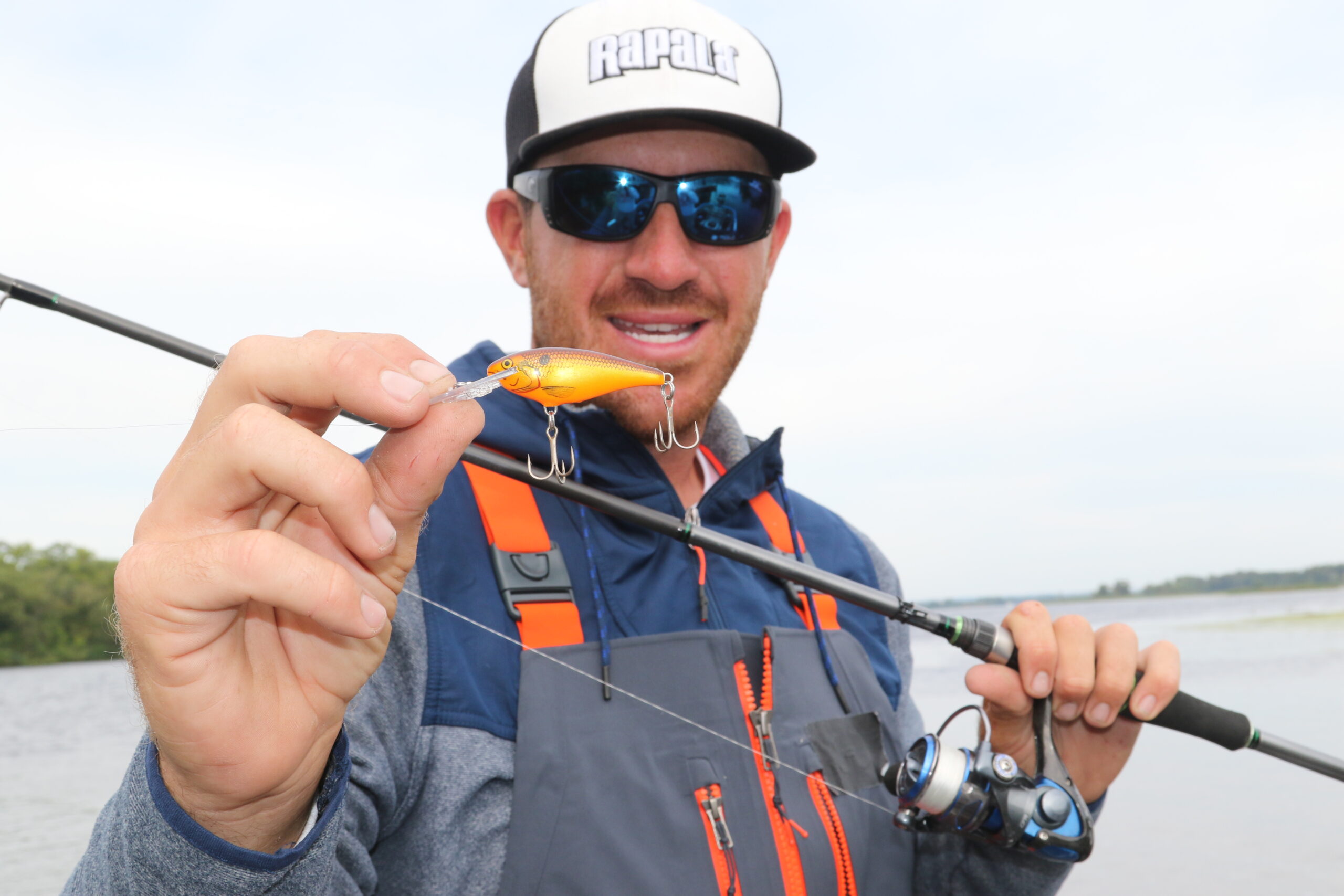Bass Fishing With Spinning Gear

Bass Fishing With Spinning Gear
Introduction
Nothing beats the thrill of fishing for bass with spinning gear. It is an exciting and rewarding experience that can be enjoyed alone, or with friends and family. Anglers of all skill levels, from the novice to the experienced, can benefit from the use of spinning gear when targeting bass. This article will provide an overview of the basics of bass fishing with spinning gear.
Choosing the Right Gear
When it comes to fishing for bass with spinning gear, the most important factor is choosing the right equipment. The type of rod, reel, line, lures, and other terminal tackle used can have a huge impact on the success of the angler. It is important to select gear that is durable and well-suited for the type of fishing that will be done. Rods should be light and sensitive enough to detect even the slightest bite. Reels should have a smooth drag system that is capable of handling the hard fighting nature of bass. Line should be strong enough to withstand the pulling power of bass, yet still be able to cast light lures and present them naturally. Lures should be selected based on the season and time of day, as well as the type of water being fished.
Casting Techniques
Casting is a critical component of successfully fishing for bass with spinning gear. It is important to cast the lure a good distance away from the boat or shoreline. This helps to ensure that the lure will be in the strike zone for a longer period of time. It is also important to be accurate with casts, as bass can be easily spooked by a lure that lands too close to them. Accuracy can be improved by using the right technique. A slow and steady motion with the rod tip is generally the most effective way to cast. The lure should be allowed to settle before the line is reeled in.
Retrieve Techniques
Once the lure has been cast and allowed to settle, the angler can begin the retrieve. Different techniques can be used to attract bass to the lure. A steady retrieve is usually the best way to start, as it allows the lure to move naturally through the water. If the lure is not getting much action, the angler can try different retrieves such as pauses, twitches, jerks, and sweeps. These techniques can help make the lure appear more enticing to bass and can often trigger a strike.
Detecting a Bite
Once the lure is in the water, the angler must be alert and ready to detect a bite. This can be difficult, as bass can be quite subtle when striking. The angler should watch the line for any movement or changes in tension. If the line stops, moves, or jumps, this could indicate a strike. If the angler suspects a bite, they should quickly set the hook and reel the fish in.
Landing the Fish
Once the fish is hooked, the angler must carefully land it. This can be done by reeling the fish in slowly and steadily. It is important to keep the rod tip up and to maintain tension on the line. If the line is too tight, the hook may pull out of the fish's mouth. If the line is too loose, the fish may be able to throw the hook. Once the fish is close to the boat or shoreline, the angler can reach out with a net and carefully scoop the fish out of the water.
Conclusion
Bass fishing with spinning gear can be a rewarding and exciting experience for anglers of all skill levels. With the right gear and techniques, anglers can increase their chances of success and land some big bass. From choosing the right gear to detecting and landing the fish, there are a number of things to keep in mind when bass fishing with spinning gear. With practice and patience, anglers can become successful bass anglers.